In our constant quest to bring you the world's best coffee, we're proud to launch a micro batch that's out of the ordinary. This batch is of the geisha bean type, recognized as the best bean type in the world. In this article, you can get to know the coveted geisha coffee and this spring's most exclusive coffee news from El Obraje in Colombia.
The taste discovery in Panama
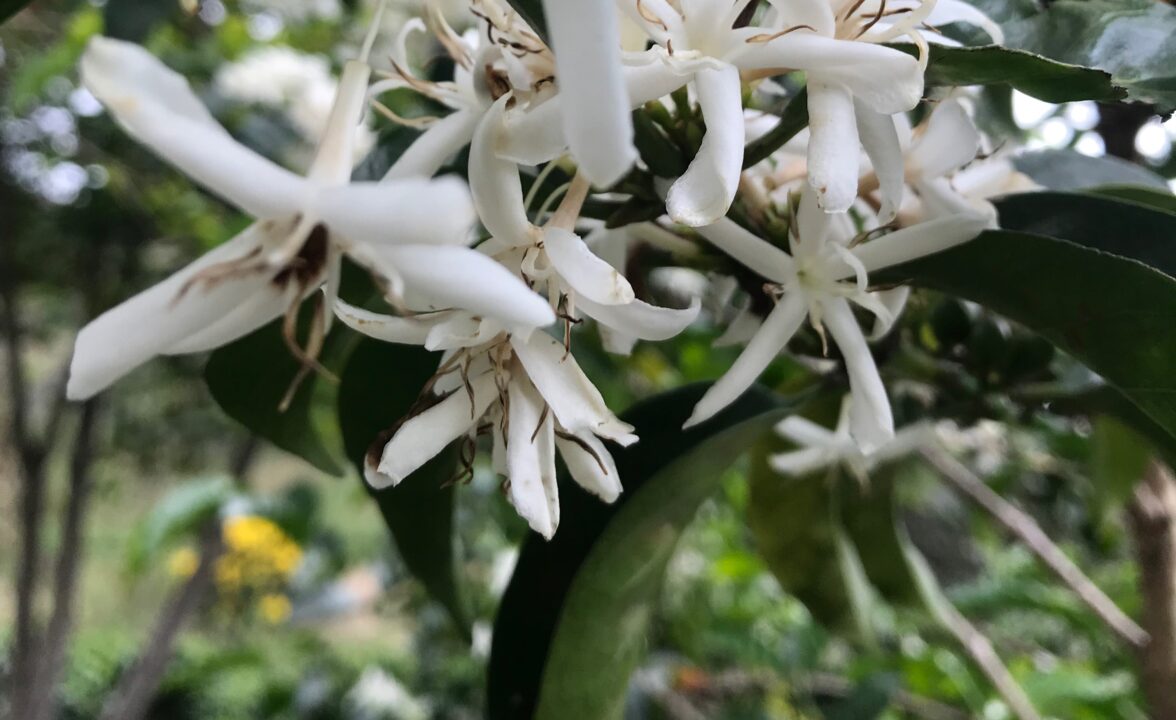
The world knew little about the geisha bean until 2004, when a flavor discovery took place in Panama. The coffee farm Hacienda la Esmeralda, which has now become very famous, had bought coffee seeds from the geisha plant and cultivated geisha trees on the farm. At the time, it was essentially a coffee plant known to have good disease resistance, which was therefore beneficial to grow. Until 2004, the coffee berries from geisha trees had been mixed with coffee berries from other coffee trees at Hacienda la Esmeralda, but were then processed for the first time as a completely separate batch of coffee on the farm.
The unique flavor profile
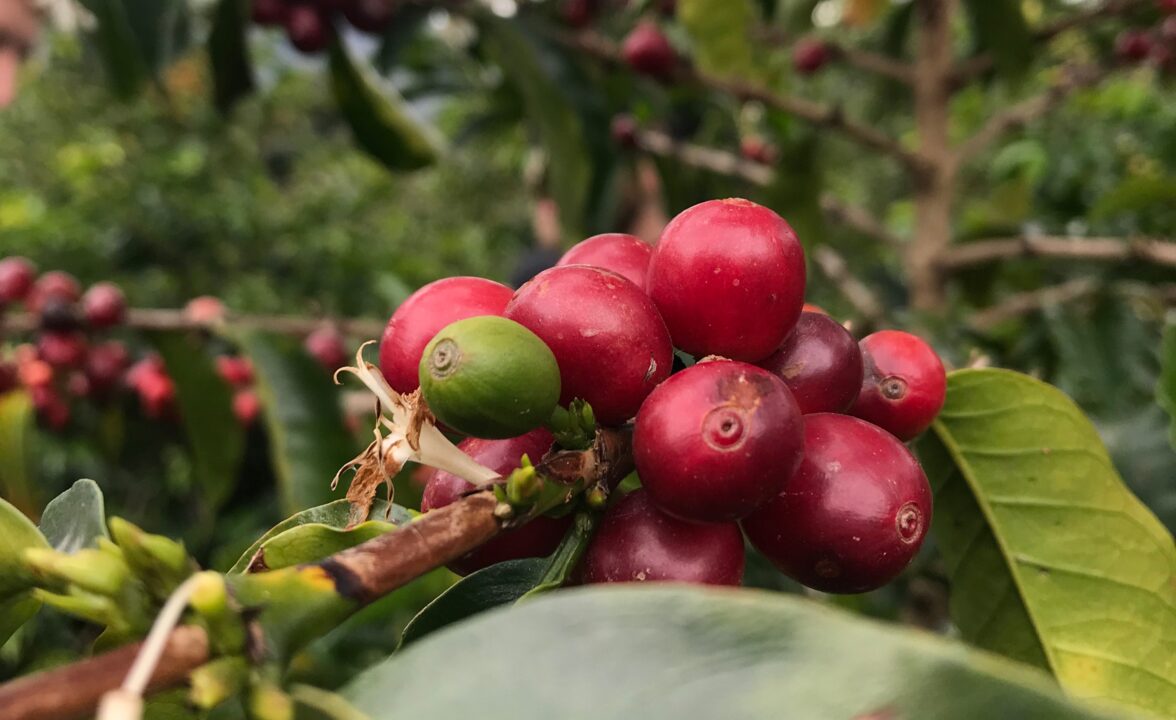
As a separate batch, the bean type came into its own and proved to have a unique flavor. The cuppers at Hacienda la Esmeralda were thrilled, to say the least. The coffee had a distinct floral aroma, a clear taste of citrus such as lime and bergamot, as well as notes of peach and mango. It was more similar to Ethiopian coffee than the typical flavor profile of coffee grown in South America, with a more intense mouthfeel. The Geisha lot won the "Best of Panama" competition in 2004 and in the same year set the record for the highest price ever paid for a coffee at auction.
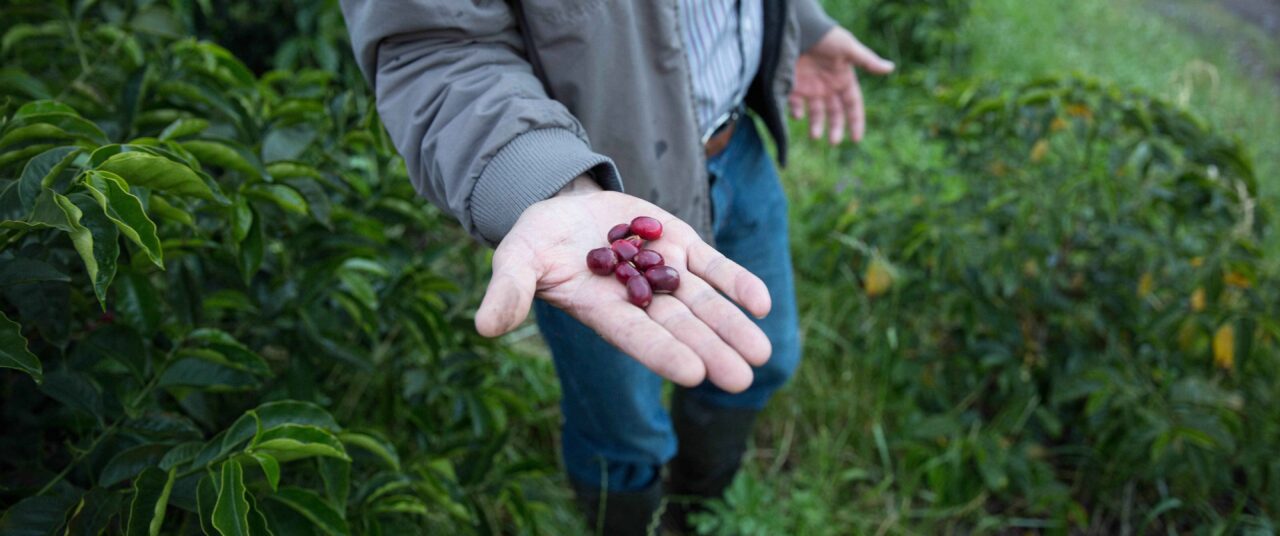
Geisha from Gesha
However, the story of the geisha bean did not start in Panama, nor with a Japanese geisha, even though the name might suggest it. It's not surprising that the flavor profile is reminiscent of Ethiopian coffee, as the bean originally comes from the Gesha region of Ethiopia. It was found there as early as 1936, when British consuls, aiming to identify bean types with commercial potential, collected the bean type from Gesha. Via Tanzania and Costa Rica, the seeds made their way to Panama in the 1960s, and then to Colombia and Guatemala. However, it would take over 40 years for the bean's true potential to be discovered and its flavor to flourish, and on a completely different continent from where it started. How the 'i' crept into the name is not known for certain, but one theory is that the letter was added to create an exotic and familiar name.
A more complex flavor picture
When you grow a coffee plant in a different part of the world than it originally came from, you can, if you succeed, get a more complex flavor picture. The taste of a coffee is influenced by the type of bean, but also the local microclimate and soil in which the plant grows. A geisha grown in South America has been shown to develop a more complex cup, sweetness and body than the same coffee grown in Ethiopia.
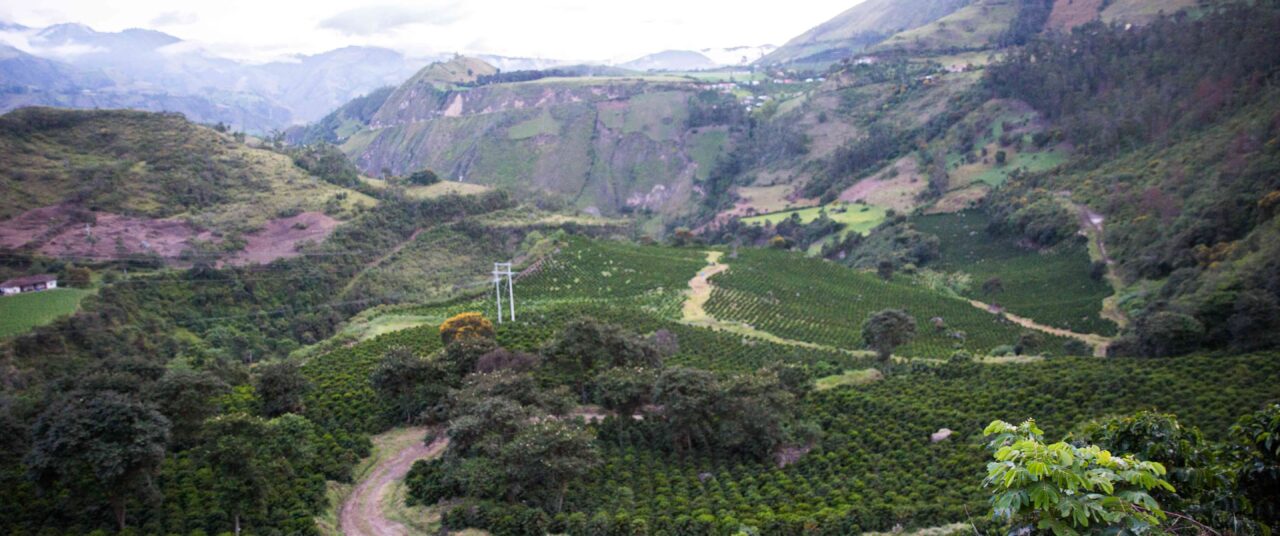
Coffee at El Obraje
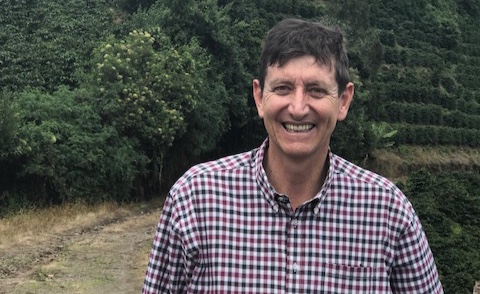
One person who has succeeded in growing geisha in South America is coffee farmer Pablo Guerrero on his farm El Obraje in Colombia. The farm has been in Pablo's family for many years and has grown wheat, corn, apples and peaches, but decided around 2000 to focus on coffee. They had no prior knowledge of growing and processing specialty coffee, but learned quickly and have explored and perfected the process through knowledge of the raw material.
Ideal growing conditions
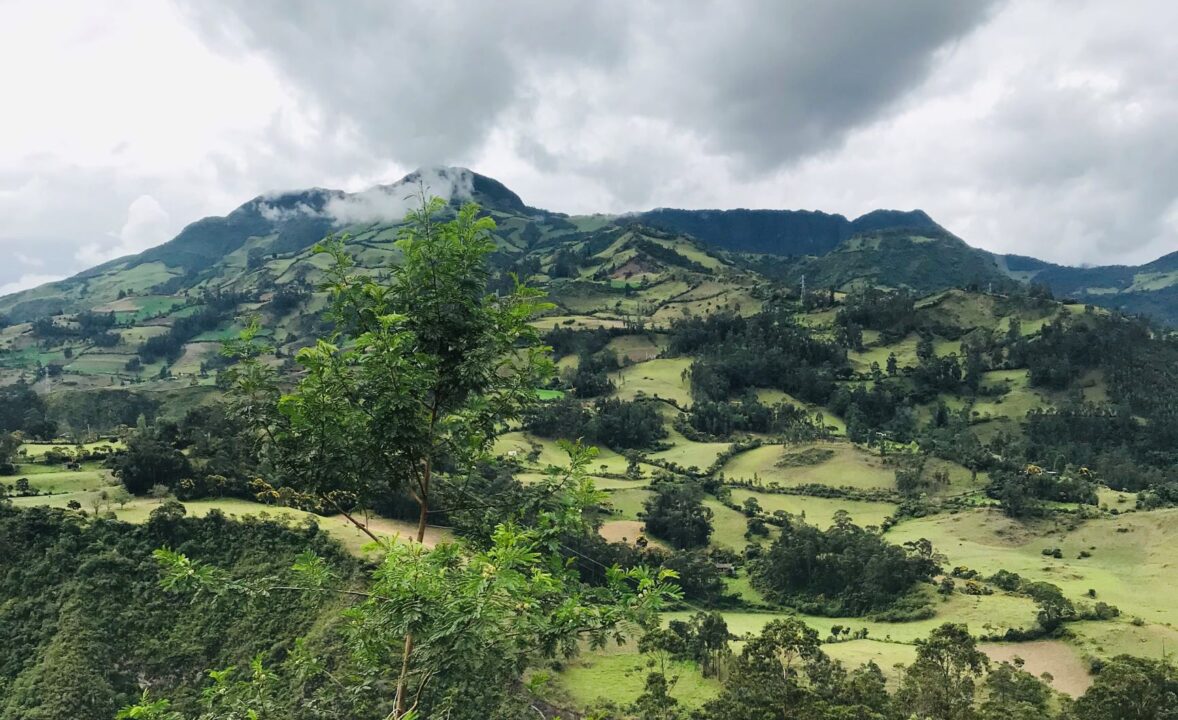
Coffee turned out to be a good investment for El Obraje. The farm is located at 2200 meters above sea level in the Nariño region, on the border with Ecuador. It is surrounded by volcanic mountains with rich mineral soil, known to be a particularly good soil for coffee. Cool mountain air and high altitudes give the coffee berries time to ripen slowly, which can bring out a deeper sweetness in the flavor. Despite the ideal growing conditions, the same location also presents challenges in the form of large temperature fluctuations and sudden changes in weather. It takes knowledge and precision, and a bit of luck with the weather, to successfully grow quality crops year after year.
Success with geisha
Experience and dedication led Pablo to eventually succeed with specialty coffee. He went one step further and started growing geisha in 2011 after bringing coffee seeds from Panama. It turned out that the geisha plant thrived surprisingly well at altitude and so far he has planted around nine thousand trees on the farm. Pablo adapts the nutrient supplement in the soil to the root system, which is not the strongest, and plants suitable trees and plants around the coffee trees to provide nitrogen to the soil they grow in. Initially, they did not plant shade trees as they were afraid that it would be too cold and damp for the geisha, which was used to growing at lower altitudes. Once the coffee trees got used to the climate, they planted shade trees that make the soil extra nutritious. The combination of the farmer's knowledge, ideal growing conditions and the exceptional bean type has proven to be a success.
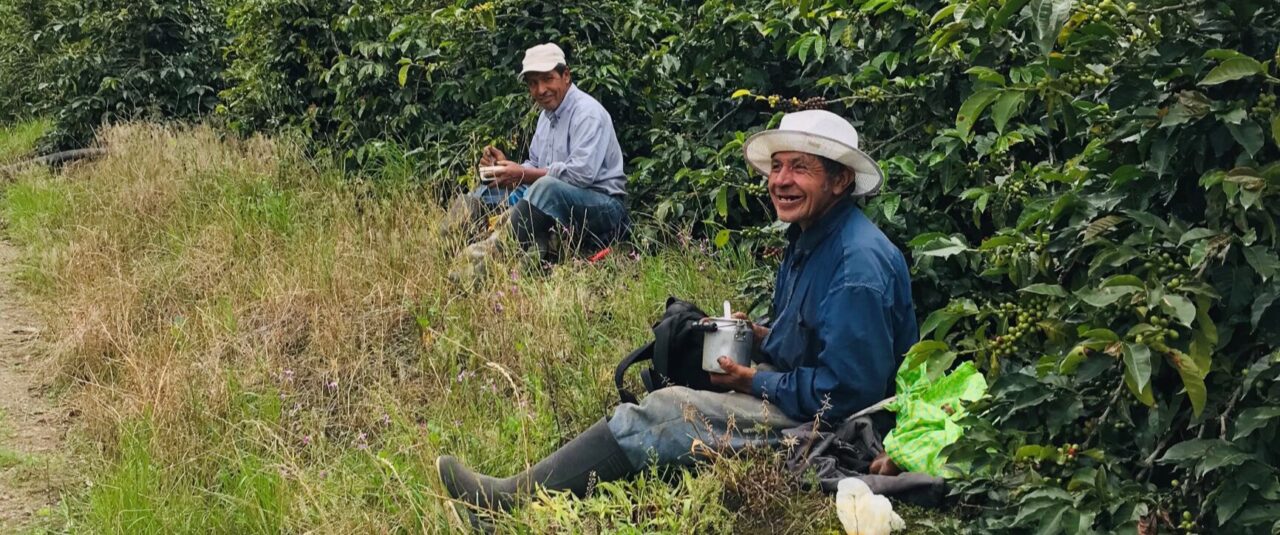
The champagne of coffee
El Obraje Geisha is the best geisha coffee from Colombia the buyers at Solberg & Hansen have ever tasted. We are pleased to be able to share this coffee with you, as it is not often that you get the opportunity to taste a coffee of this caliber at an affordable price. Because a geisha is not an everyday coffee. The most expensive coffee in the world in 2018 cost 803 dollars per pound (about 450 grams) and was a geisha from the Lamastus Family Estate in Boquete, Panama. In July 2019, the record was shattered again by the same producer at the sum of 1029 dollars (approx. 10 300 kr) per pound. This makes geisha a luxury item, like the coffee equivalent of a bottle of champagne.
For an extraordinary coffee moment
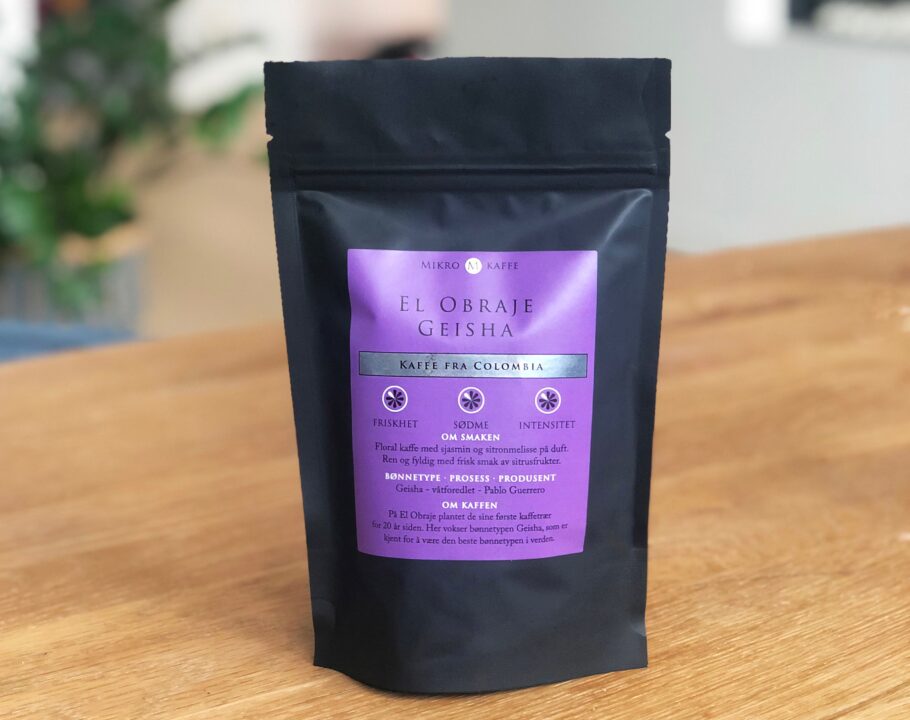
The coffee batch from El Obraje has all the typical flavors of a geisha coffee. It is floral with jasmine and lemon balm on the nose, with a clean and full-bodied citrus flavor. It has good intensity and a persistent full-bodied mouthfeel, which remains even as the brew cools. To give as many people as possible the opportunity to taste this fantastic coffee, El Obraje Geisha comes in 125 gram bags. Find a special occasion, brew it with care and enjoy an extraordinary coffee moment.
No special occasion in sight? Then make yourself one! Every coffee lover should try a brew of geisha coffee. And with this backstory, you can tell an exciting coffee story as you brew and serve it to someone you want to share the occasion with. You can order El Obraje Geisha here.
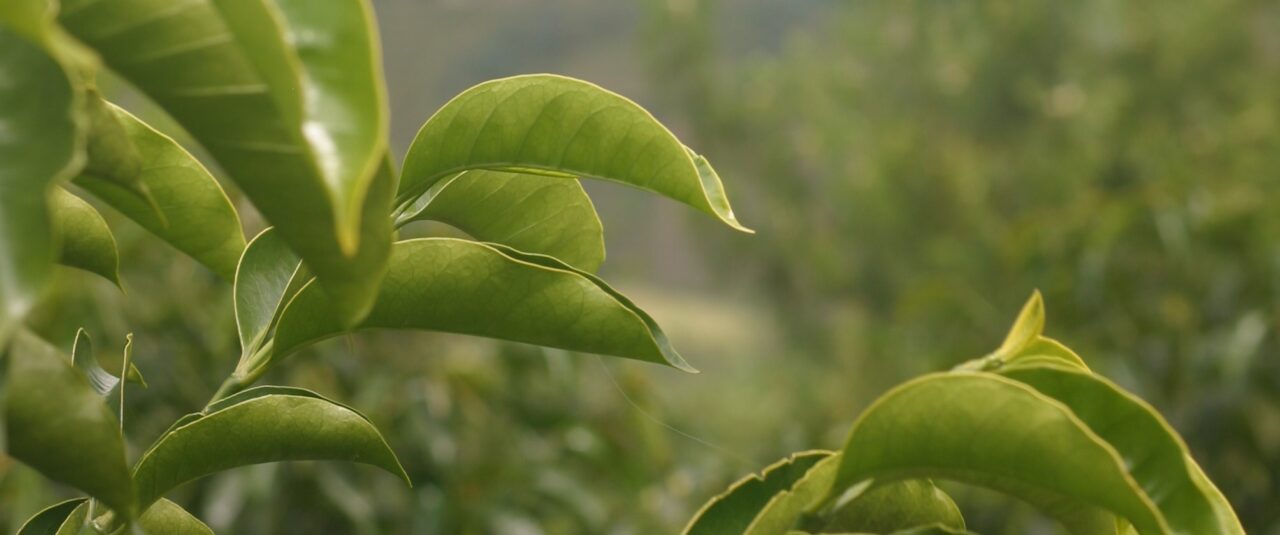
Sources:
Information from supplier/producer/coffee farmer and internal resources in Solberg & Hansen.
In addition: https://en.wikipedia.org/wiki/Geisha_(coffee) / http://haciendaesmeralda.com/thecollection/geisha/ / https://coffeechronicler.com/best-coffee-beans/panama-geisha/
Images:
From supplier/producer/coffee farmer and Solberg & Hansen.